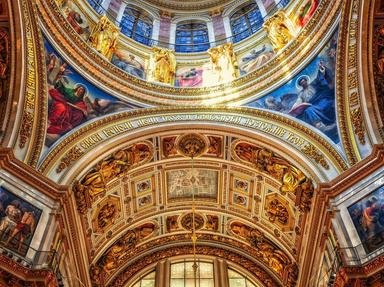Quiz Answer Key and Fun Facts
1. In Mark's Gospel (with similar passages in Matthew's Gospel and Luke's Gospel), Jesus compares the Kingdom of Heaven with something small that is planted and grows into a large plant. Which small item is it?
2. Luke's Gospel features the story of the Prodigal Son who has wasted his inheritance and been forced to do a job that many who heard Jesus's words would have found distasteful. What job was that?
3. In the parable of the Good Samaritan (Gospel of Luke), a Samaritan is shown to treat the injured man as his neighbor when a Priest and a Levite did not. Why would this be surprising to Jesus's audience?
4. In Matthew's Gospel, Jesus tells of five wise bridesmaids and five foolish bridesmaids that were meeting the bridegroom. What did the wise bridesmaids have that the foolish bridesmaids lacked?
5. In the Gospel of Mark, Jesus describes a sower who is casting seed on the ground. Some of the seed lands on good ground and is fruitful. What is not one of the "bad" situations he describes?
6. In Luke's Gospel, Jesus describes a wealthy man and a named beggar whose paths cross in life and death. What name does Jesus give to the beggar?
7. In Matthew's Gospel, Jesus describes a wise builder and a foolish builder. What differentiates their actions?
8. In Luke's Gospel, Jesus describes two men that go to the temple to pray. One is a Pharisee. Who is the other person?
9. In Matthew's Gospel, Matthew describes a master who goes on a long journey and entrusts three servants with large sums of money. Which servant displeases the master?
10. (Some scholars argue there are no parables in the Gospel of John. Other scholars argue there are a few of Jesus's statements that are parable-like. This is one such example.)
In John's Gospel, Jesus describes himself as the Good Shepherd, whom he compares with the hired hand. How does Jesus say the hired hand will act when a wolf attacks the flock?
Source: Author
bernie73
This quiz was reviewed by FunTrivia editor
looney_tunes before going online.
Any errors found in FunTrivia content are routinely corrected through our feedback system.
